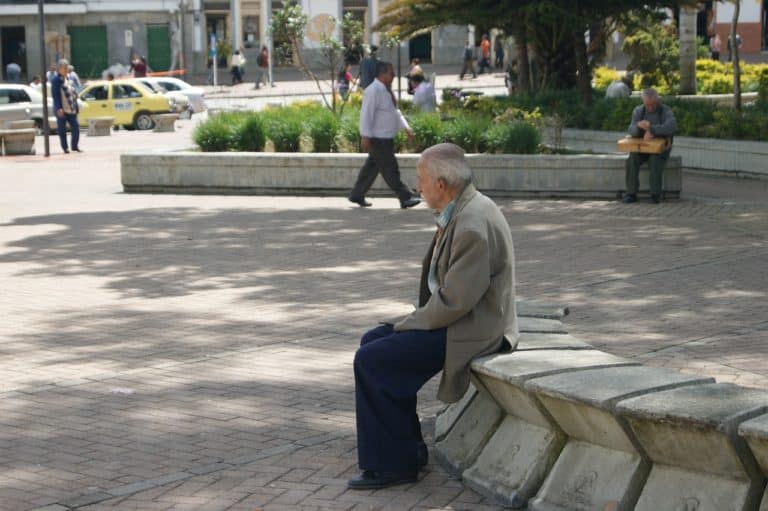Cancer that develops in a testicle is called testicular cancer or cancer of the testis. Usually only one testicle is affected, but the cancer can appear in both. Most testicular cancers start in the cells called germ cells that develop into sperm. From there, the cancer may spread to lymph nodes in the abdomen or to other parts of the body.
Testicular cancer is the most commonly diagnosed cancer after skin cancer in men aged 18 to 39. It occurs most often in men aged 25 to 40. For 2018, the American Cancer Society estimated that about 9,310 new cases of testicular cancer will be diagnosed in the United States, and that about 400 men will die of the disease.
What are the types of testicular cancer?
The most common testicular cancers are called germ cell tumors. There are two main types, which look different under a microscope. Sometimes a testicular cancer can include a mix of seminoma cells and non-seminoma cells, or a combination of the different subtypes of non-seminoma cells (mixed tumors). When seminoma and non-seminoma cells appear together, doctors treat the cancer as if it were a non-seminoma cancer.
A small number of testicular tumors start in cells that make up the supportive (structural) and hormone-producing tissue of the testicles. These are called stromal tumors. The two main types are Sertoli cell tumors and Leydig cell tumors. They are usually benign and are removed surgically.
Other types of cancer, such as lymphoma, can also involve the testicles.
What are the causes or risk factors for testicular cancer?
Although the exact cause of testicular cancer are unknown, certain factors are recognized as increasing a man’s risk of developing it. For example:
- Personal history. Men who previously have had cancer in one testicle are about 25 times more likely to develop cancer in the other testicle.
- Also known as intratubular germ cell neoplasia, it is a precursor lesion for invasive testicular germ cell tumors that develop in adolescents and young men.
- Family history. Only about 2 percent of men who are diagnosed with testicular cancer have a family history of the disease. However, it is a factor worth checking out with a cancer specialist or geneticist if you have a father and/or brother with the disease.
- Undescended testicles. Normally, a male’s testicles have fully descended by the time the boy is one year old. If the testicles don’t descend by themselves, a surgical procedure can be done to bring them down. Overall, however, men who are born with undescended testicles are about 16 times more likely to develop testicular cancer, although the surgery reduces the risk somewhat.
- Male infertility is associated with undescended testicles, genetic abnormalities, and intratubular germ cell neoplasia, there it is also considered to be a risk factor for testicular cancer.
- Some men are born with hypospadias, a congenital abnormality of the penis that causes the urethra to open on the underside of the penis. The presence of this condition increases the risk of testicular cancer twofold.
- HIV and AIDS. Some research indicates that men with human immunodeficiency virus (HIV) and acquired immune deficiency syndrome (AIDS) have an increased risk of testicular cancer.
What are the symptoms of testicular cancer?
Not every man with testicular cancer displays noticeable symptoms. Those who do may experience one or more of the following symptoms:
- Feeling of heaviness in the scrotum
- Lump or swelling in the testicle, which are usually painless
- Aches or pain in the scrotum, testicle, or lower abdomen
- Change in the shape or size of the testicle (e.g., hardness, swelling, lump)
- Tenderness or enlargement of the breast tissue
- Feeling of unevenness between the testicles
- Stomachache
- Back pain
Men who have any of these symptoms don’t necessarily have testicular cancer, as they are common for many other health conditions as well. However, if any of them persist, you should consult your healthcare provider.







